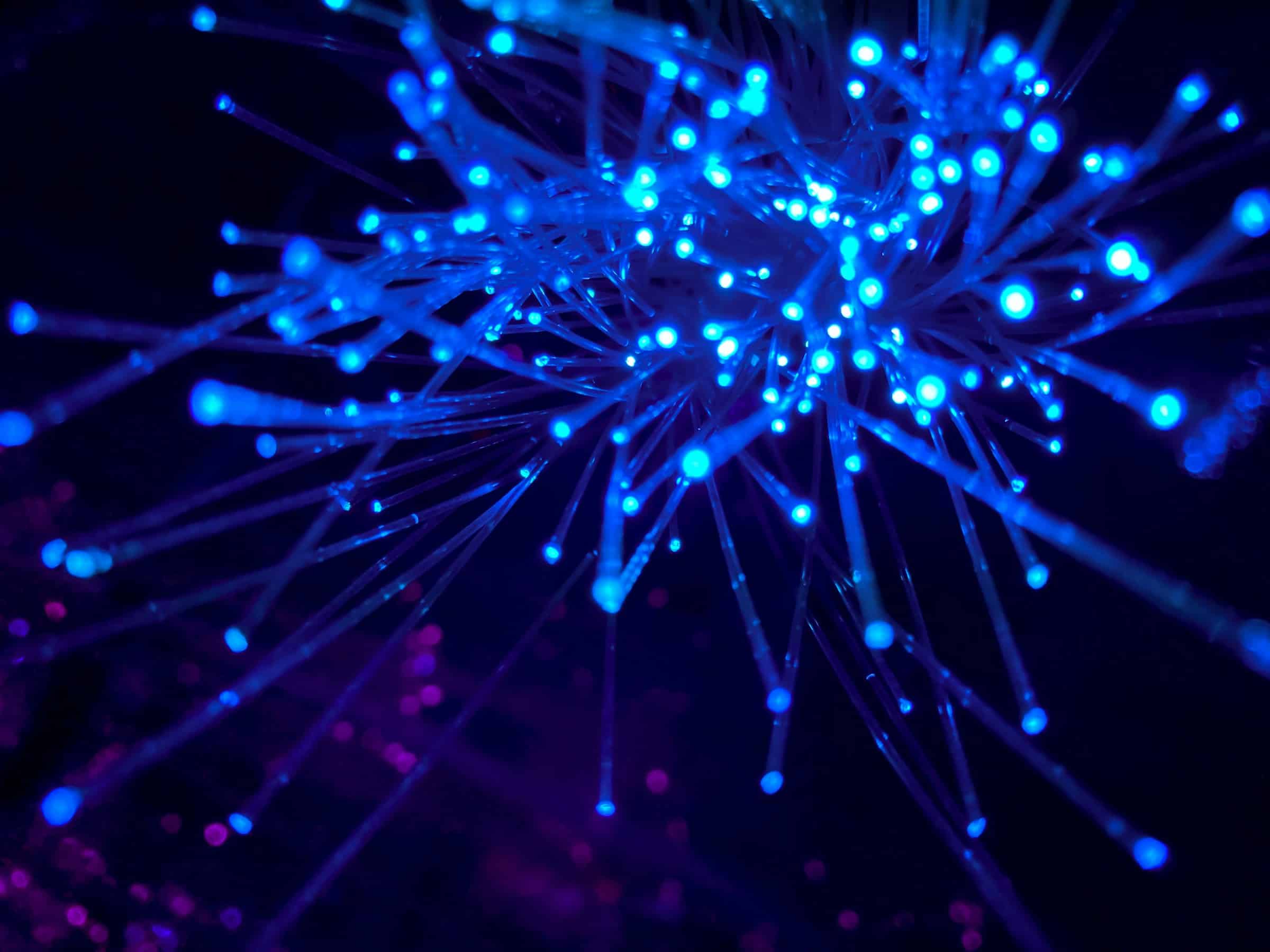What’s the Impact of Fiber Optic Sensing on Structural Health Monitoring?

Imagine a world where our infrastructures, from bridges to skyscrapers, could "communicate" their structural health conditions. This is no longer a futuristic concept, thanks to the development of fiber optic sensors. This article will take you through the exciting innovations where fiber optics meet structural health monitoring (SHM), proving how this technology has become an indispensable tool for engineers and researchers worldwide.
Fiber Optic Sensing: An Overview
Before we delve into the core of this discussion, it’s necessary to understand what fiber optic sensing entails. Fiber optic sensors are a type of sensor that utilizes light traveling along an optical fiber to measure physical quantities. They are distinguished by their ability to withstand harsh environments, immunity to electromagnetic interference, and the capacity to sense multiple physical quantities along a single fiber.
Additional reading : What’s the Role of Wearable Tech in Personalized Ambient Soundscapes?
The primary operating principle of fiber optic sensors revolves around the change in the properties of light. Whether it’s intensity, phase, polarization, or wavelength, these sensors measure variations of these properties caused by a physical change in the environment. Fiber optic sensors come in several types, with the most commonly used being the Fiber Bragg Grating (FBG) sensor. FBGs are unique in that they provide absolute measurements, are wavelength-encoded, and can be multiplexed along the length of a single fiber.
The Role of Fiber Optic Sensors in Monitoring Temperature and Strain
Fiber optic sensors have found varied applications, one of them being in the monitoring of temperature and strain. These sensors are particularly useful in areas where conventional sensors fail to deliver, such as in high electromagnetic interference environments, high voltage areas, or where long-distance sensing is required.
Additional reading : Are Smart Contact Lenses the Future of Augmented Reality?
FBG sensors are excellent for temperature and strain monitoring due to their high sensitivity and accuracy. The operation of FBG sensors is based on the principle of reflected light wavelength shift due to temperature changes or applied strain. This makes them ideal for monitoring the structural health of buildings, dams, bridges, and other large structures where changes in temperature or strain can indicate potential problems.
The Power of Fiber Optic Sensors in Structural Health Monitoring
The integrity of infrastructure like bridges, tunnels, dams, or buildings is vital for public safety. This is where Structural Health Monitoring (SHM) comes into play, a process that involves the detection and diagnosis of structural changes that might compromise their integrity.
One of the crucial components of SHM is sensors. Traditional sensor technology, however, comes with limitations like short lifespan, susceptibility to electromagnetic interference, and lack of real-time monitoring. Fiber optic sensors have been a game-changer in this respect. They offer long-term stability, immunity to electromagnetic interference, and real-time monitoring capabilities. They are also small, lightweight, and can be embedded into structures, providing a comprehensive analysis of the structure’s health.
For instance, the FBG sensors can be placed at various points of a bridge to monitor different physical parameters. Any change in these parameters, like strain or temperature, can help predict potential structural failure, enabling timely maintenance or repair.
Fiber Optic Sensing: The Scholar’s Perspective
The advent of fiber optic sensors and their application in SHM is a topic of great interest among scholars and researchers. Several scholarly articles and research papers have been written highlighting the various advantages and potential applications of fiber optic sensors in different sectors.
The ability of fiber optic sensors to withstand harsh conditions, their high resolution and sensitivity, and their capacity for long-distance sensing have been lauded by scholars. Researchers are also delving deeper into enhancing the capabilities of these sensors, exploring areas like multi-parameter sensing and developing more resilient sensors that can withstand extreme environmental conditions.
The application of fiber optic sensors in SHM is viewed as a step towards ‘smart’ infrastructure, where real-time data about a structure’s health can be gathered and utilized for preventive maintenance and safety purposes.
The Future of Fiber Optic Sensors in Structural Health Monitoring
Looking ahead, the integration of fiber optic sensors in SHM offers promising possibilities. The advancement of Fiber Optic Sensing (FOS) technology is expected to bring about even more precise, reliable, and durable sensors.
With the rise of the Internet of Things (IoT) and machine learning, these sensors can be used to gather huge amounts of data, which can then be analyzed to predict structural failures even before they happen. This predictive maintenance can save millions in repair costs and prevent accidents.
Consider the future implications on a global scale: a world where every major structure, from the Golden Gate Bridge to the Burj Khalifa, is embedded with fiber optic sensors, constantly updating engineers on their health. This is the transformative potential of fiber optic sensing in structural health monitoring.
Remember, the power of light is not just illuminating our nights anymore, it’s safeguarding our infrastructures too. The era of smart structures is here, and fiber optic sensors are leading the charge. With continual research and development, the scope of fiber optic sensing in SHM is only set to expand in the coming years.
Advanced Applications of Fiber Optic Sensors in Structural Health Monitoring
In recent years, there has been a growing interest in the advanced applications of fiber optic sensors in the field of structural health monitoring. We’ve moved beyond just using them for temperature and strain detection. Today, we’re deploying fiber optic sensors for deformation detection, crack identification, corrosion evaluation, and more.
While traditional sensing technology has its merits, the ability of fiber optic sensors to provide real-time, accurate, and reliable data even in demanding conditions has made them a preferred choice for engineers and researchers. For example, FBG sensors can detect minute changes in the structural parameters of large infrastructure, providing critical data that can help prevent catastrophic failures.
Scholars have also explored the use of fiber optic sensors in other unique applications. For instance, a study in Google Scholar mentioned using fiber optic sensors for geotechnical applications like monitoring soil and rock movements in landslide-prone areas. The sensors were able to provide real-time data, helping to predict landslides and take preventive measures.
Another exciting development is the use of distributed fiber optic sensing system based on Brillouin scattering for measuring strain and temperature gradients over large areas. This technique has been used for monitoring the health of railways, highways, and pipelines, which often span hundreds of kilometers.
The integration of fiber sensors with Internet of Things (IoT) technology is another promising area of research. This would allow for continuous, automated monitoring and data collection, opening a separate window of possibilities for predictive health monitoring.
Conclusion: Fiber Optic Sensors Paving the Way for Smart Infrastructure
In conclusion, the impact of fiber optic sensing on structural health monitoring has been nothing short of transformative. It has not only improved the safety and durability of our infrastructure but also paved the way for the development of ‘smart’ infrastructure systems.
With fiber optic sensors, we can now monitor and maintain our structures more efficiently. They allow us to identify potential issues and address them before they escalate into major problems. Furthermore, their ability to provide real-time data under extreme conditions makes them a reliable solution for a wide range of applications.
The future of structural health monitoring certainly appears bright with the advent of fiber optic sensors. With continual advancements in sensing technology and the rise of IoT and machine learning, we can expect even more innovative applications of fiber optic sensors in the days to come.
In the words of one scholar, "The power of light is not just illuminating our nights anymore, it’s safeguarding our infrastructures too." Indeed, as we move forward into an era of smart structures, fiber optic sensors are leading the charge, opening a separate window of possibilities for predictive health monitoring.
So, the next time you admire a towering skyscraper or drive across a sturdy bridge, remember that there’s a good chance fiber optic sensors are working tirelessly to ensure their structural health. After all, the best structures are not just those that stand tall, but those that stand strong over time, and fiber optic sensors are playing an instrumental role in ensuring that.
